Sonic Boom or Sonic branding is a strategic use of sound and music and is increasingly shaping the identity of many leading brands across various sectors.
This approach, also known as audio or sound branding, has become an integral part of marketing, enabling companies to connect with their audience on a deeper, more emotional level.
For instance, Intel's iconic four-note "bong" is a brilliant example of this. This simple yet powerful sound has become synonymous with the brand, embodying its technological prowess and innovation.
The catchy "I'm Lovin' It" jingle from McDonald's, complemented by its "ba-da-ba-ba-ba" melody, has gained worldwide recognition, enhancing the brand's appeal and relatability.
Another classic case is the Nokia tune, a melody that harks back to a piece by Francisco Tárrega. This tune has become one of the most identifiable mobile ringtones, cementing Nokia's place in the mobile industry.
Microsoft Windows has leveraged sonic branding by introducing unique startup sounds for each version of its operating system, creating a signature audio experience for its users.
T-Mobile and AT&T have not been left behind in this sonic race. T-Mobile's recognizable sound in its commercials and AT&T's four-note logo at the end of their ads have become key elements of their brand identities.
Netflix's "Ta-Dum" sound, from the start of its rise to the top, is a more recent but equally potent example of effective sonic branding. This sound has quickly become associated with quality and originality in entertainment.
These examples underscore the effectiveness of sonic branding in establishing a memorable and distinctive brand identity.
By utilizing the power of sound, these companies have not only enhanced brand recognition but have forged a stronger emotional bond with their audience.
Let’s dive deeper into 3 more brands that have used Sonic Boom Branding in their marketing campaigns in recent times and how they are leveraging it in our current digital world.
The Mastercard Sonic Branding Story
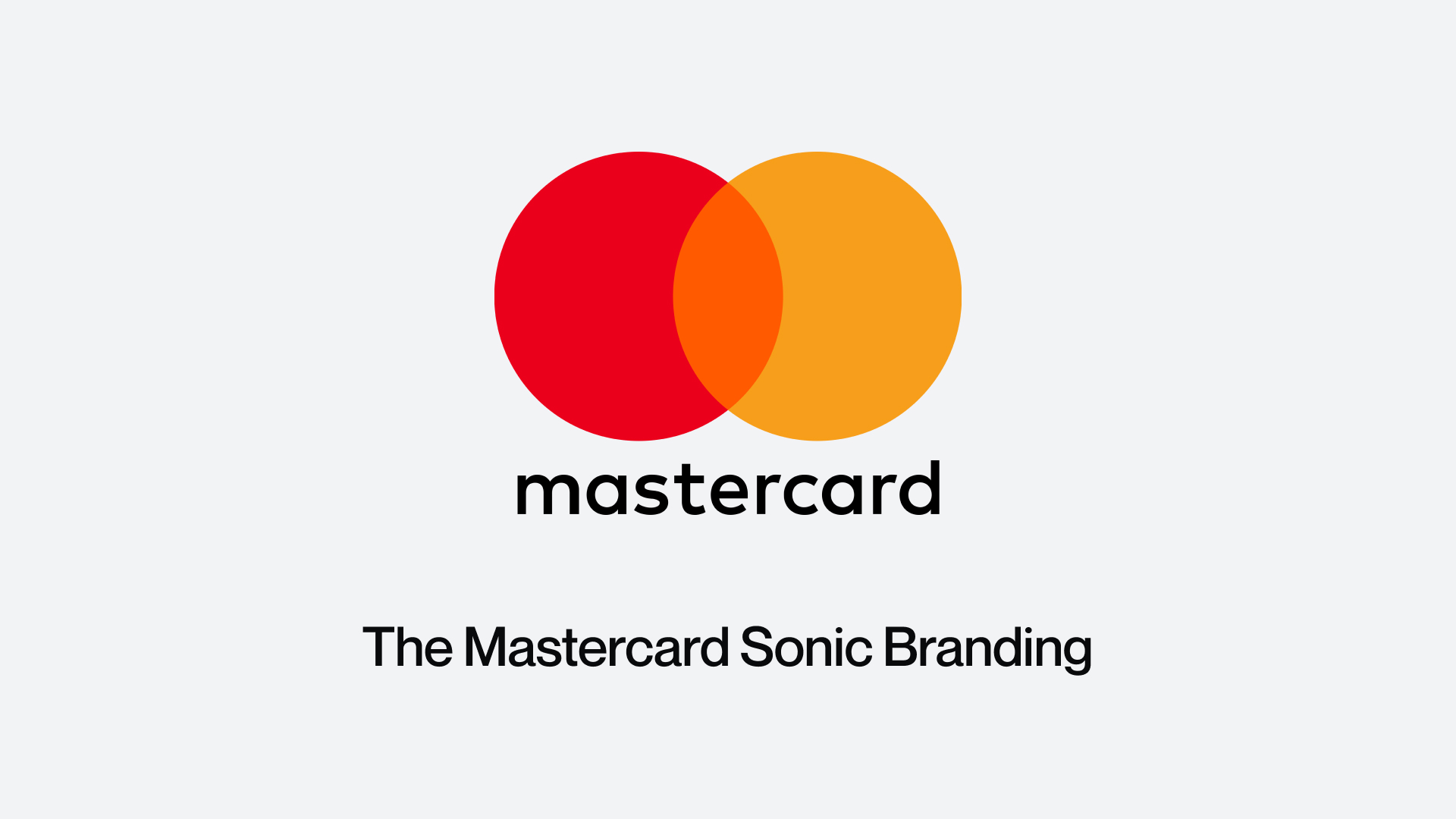
Mastercard stands out as a prime example of a Company successfully integrating sonic branding into its identity.
Their recent initiatives in developing a robust sonic brand identity are a significant part of their rebranding efforts.
Mastercard's strategy transcends traditional visual branding, delving into the auditory realm to offer an all-encompassing brand experience.
Here's a closer look at how Mastercard is reshaping its brand identity through sound.
Sonic Logo
Mastercard has unveiled a
unique and concise melody featured after their
commercials and marketing materials. This melody is
ingeniously crafted to be versatile, resonating across
various cultural and stylistic spectrums, thereby
achieving global recognition.
Transaction Sound
A notable innovation by Mastercard is the creation of a specific sound that signifies a successful transaction. This auditory cue is designed to be both pleasant and comforting, reinforcing a positive payment experience for consumers.
Branded Music Experiences
The Company's foray into sonic branding extends to multiple customer interaction points. This includes curated music in their advertisements, during event sponsorships, and even as background music for customer service calls, enhancing the overall brand experience.
Cultural Adaptability
In a nod to its diverse customer base, Mastercard has adeptly tailored its sonic branding elements to align with various cultural nuances. This approach ensures a globally consistent yet locally relevant brand presence.
Mastercard's comprehensive engagement with sonic branding underlines their commitment to not just being seen, but also being heard. By doing so, they aim to build brand recognition and forge a deeper, more emotive connection with customers worldwide.
This strategy highlights sonic branding's growing importance in the overall branding landscape.
The Nike Sonic Branding Story
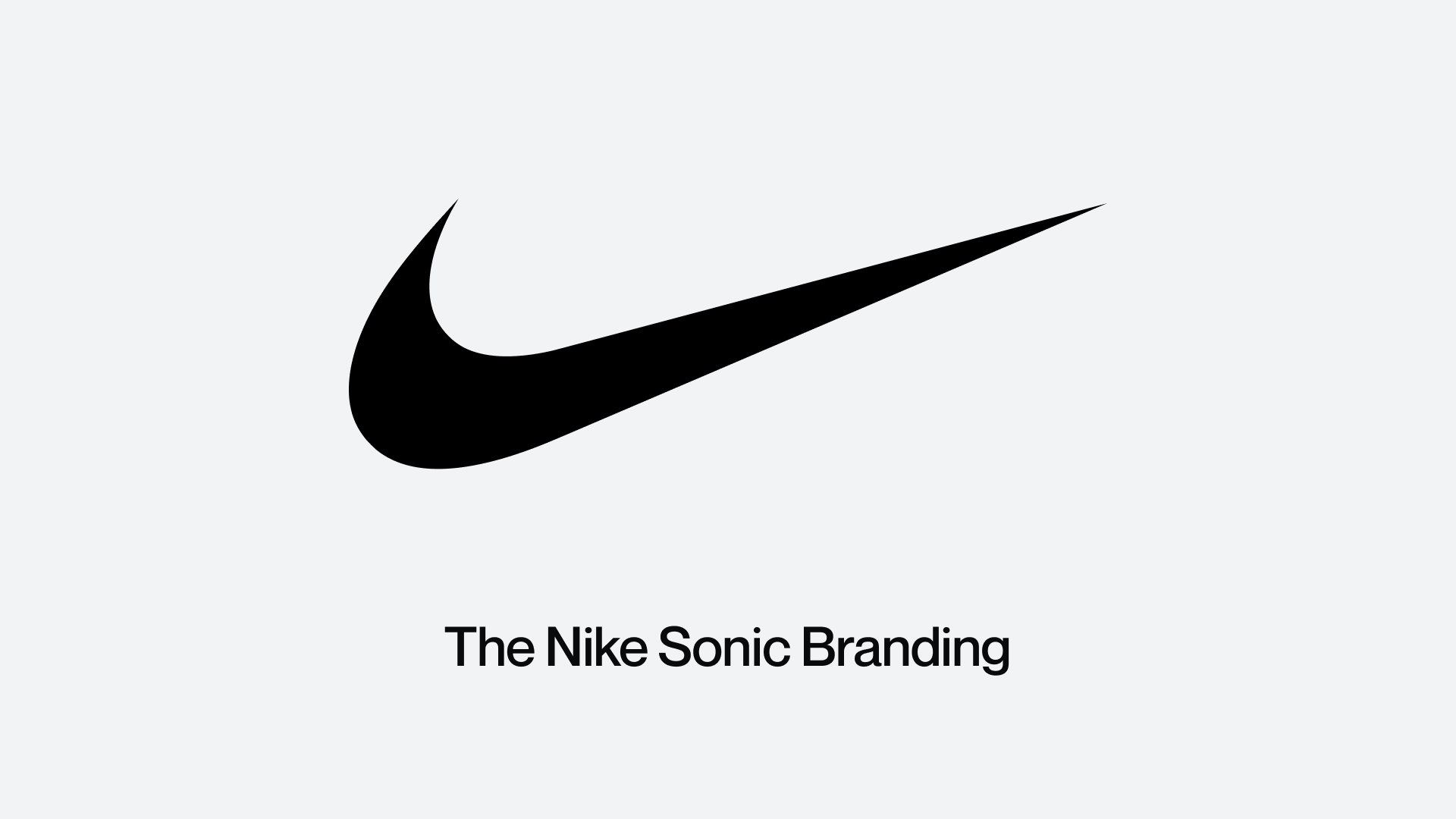
Nike, widely celebrated for its dynamic visual branding and impactful marketing campaigns, has ventured into the realm of sonic branding, less conventionally and more subtly than brands like Intel or McDonald's.
Nike's sonic branding strategy is intricately woven into its marketing initiatives and product launches, focusing less on a singular, recognizable sonic logo and more on integrating sound into the broader narrative of the brand.
Here are some ways Nike incorporates sonic branding.
Campaign-Specific Soundtracks
Nike's advertising campaigns are often underscored by stirring, motivational music. This music is carefully selected to align with the campaign's theme, echoing Nike's ethos of inspiration and empowerment, akin to their visual messaging.
Branding Through Events & Experiences
At events sponsored
by Nike, like marathons or product launches,
music and sound are key elements in creating
a captivating and immersive brand experience
for participants and
attendees.
Digital Engagement
In the digital arena, particularly within mobile apps and online advertisements, Nike employs music and sound effects to enrich the user experience and strengthen brand memory.
While Nike's approach to sonic branding may not be as instantly identifiable as a distinct sound logo or melody, the brand skillfully leverages music and sound within its wider marketing and branding framework.
Their focus is on crafting an emotional and motivational connection with their audience, seamlessly integrating sound into the narrative of the brand.
The Visa Sonic Branding Story
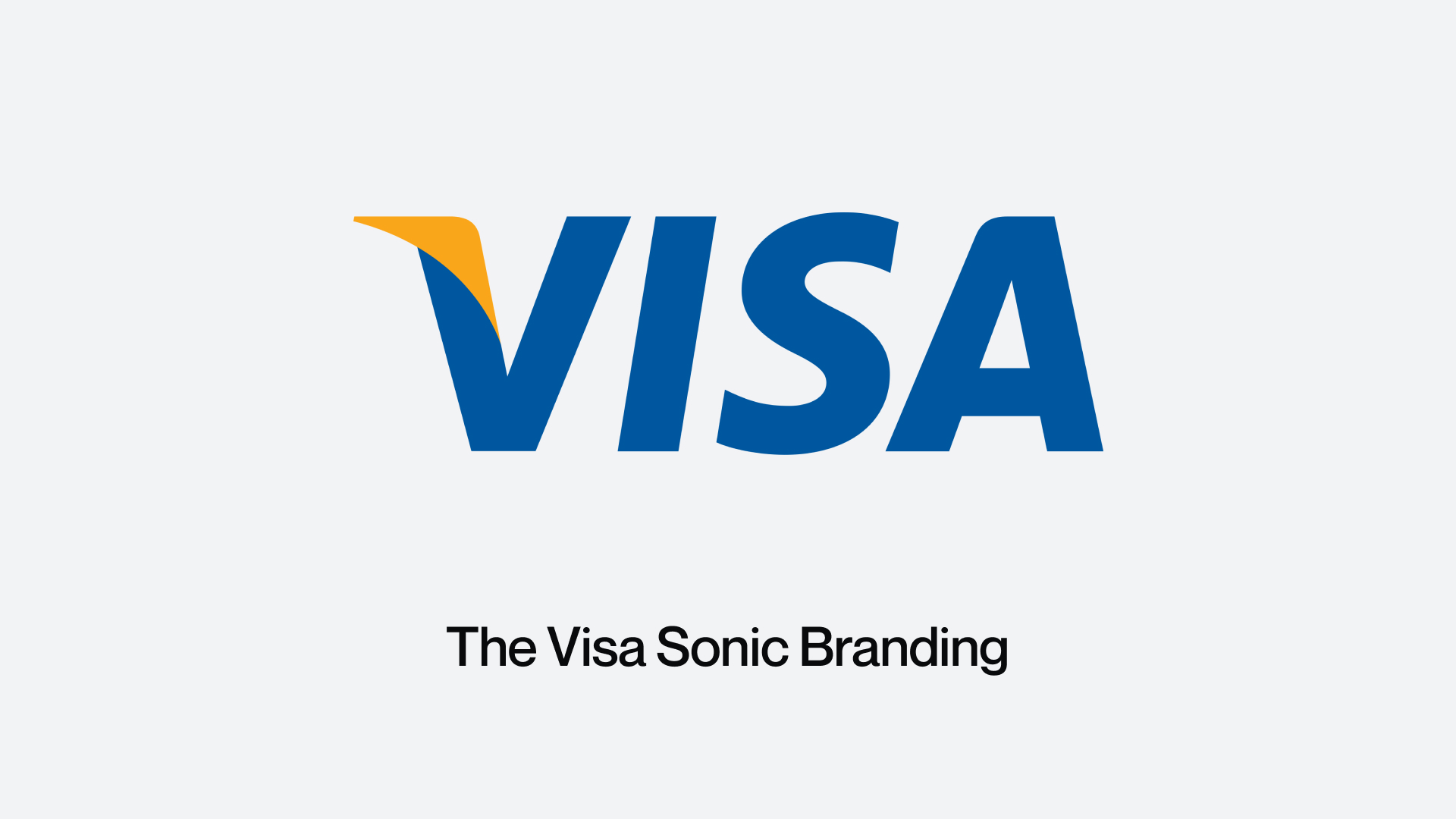
Visa has also made significant strides in the arena of sonic branding.
Recognizing the power of sound in enhancing brand identity, Visa has developed a distinct sonic identity that plays a crucial role in its global branding strategy.
Here are the key aspects of how Visa has integrated sonic branding into its identity.
Sonic Logo
Visa has crafted a unique
sonic logo, a brief yet memorable
melody that resonates during their
commercials and at points of sale.
This carefully designed sound is not
only instantly recognizable but also
forms a core component of Visa's
worldwide branding
efforts.
Transaction Sound
Mirroring a strategy
similar to that of Mastercard, Visa
has introduced a specific sound that
signifies a successful transaction.
This auditory cue is intended to
impart a feeling of security and
confirmation to the customer,
enhancing the transaction
experience.
Brand Consistency Across Platforms
Visa’s sonic logo is a consistent feature across various channels, including television advertisements, digital media, and live events. This consistency plays a vital role in reinforcing Visa’s brand identity and making it more memorable.
Global Appeal & Adaptability
With a keen understanding of its diverse, global customer base, Visa has ensured that its sonic branding is both versatile and adaptable. This approach allows the sound to resonate with and appeal to a wide range of audiences worldwide.
Visa's commitment to sonic branding underlines the increasing relevance of audio elements in creating a holistic and unforgettable brand experience. In an industry where trust and recognition are paramount, Visa's sonic branding efforts serve to strengthen its presence and connection with customers globally.
Final Thoughts
From the iconic sounds of Intel, McDonald's, and Nokia, to the strategic audio branding of Mastercard, Nike, and Visa, it's clear that sound plays a critical role in shaping and reinforcing brand identities.
These brands have adeptly utilized music and sound to forge deeper emotional connections with their audiences, enhancing brand recall and loyalty.
As we witness a shift towards more immersive and sensory brand experiences, the power of sonic branding cannot be overstated.
It transcends traditional marketing techniques, offering a unique avenue for brands to resonate with consumers on a global scale.
Author
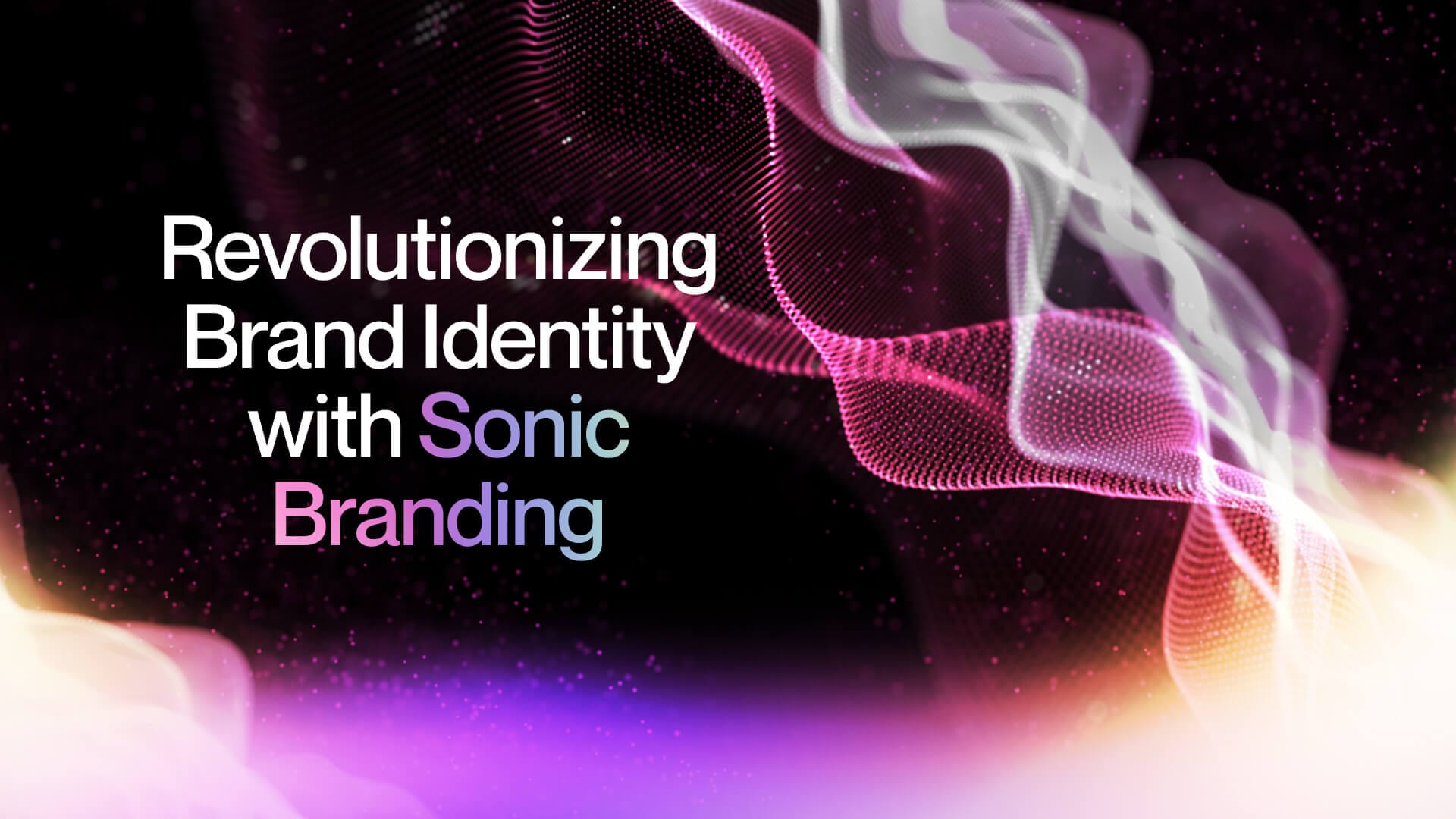

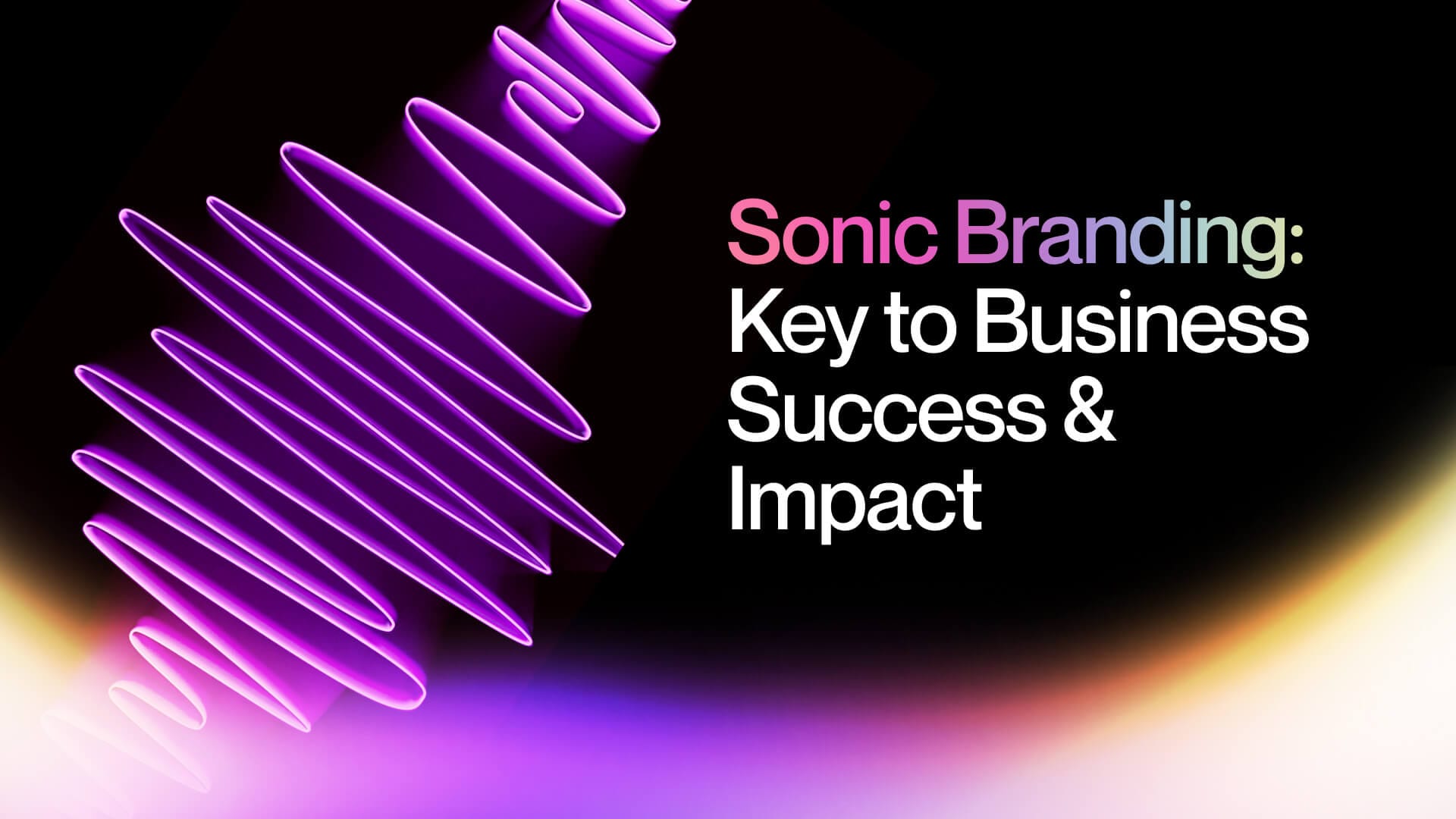
%EF%B9%AA20(1).jpeg)